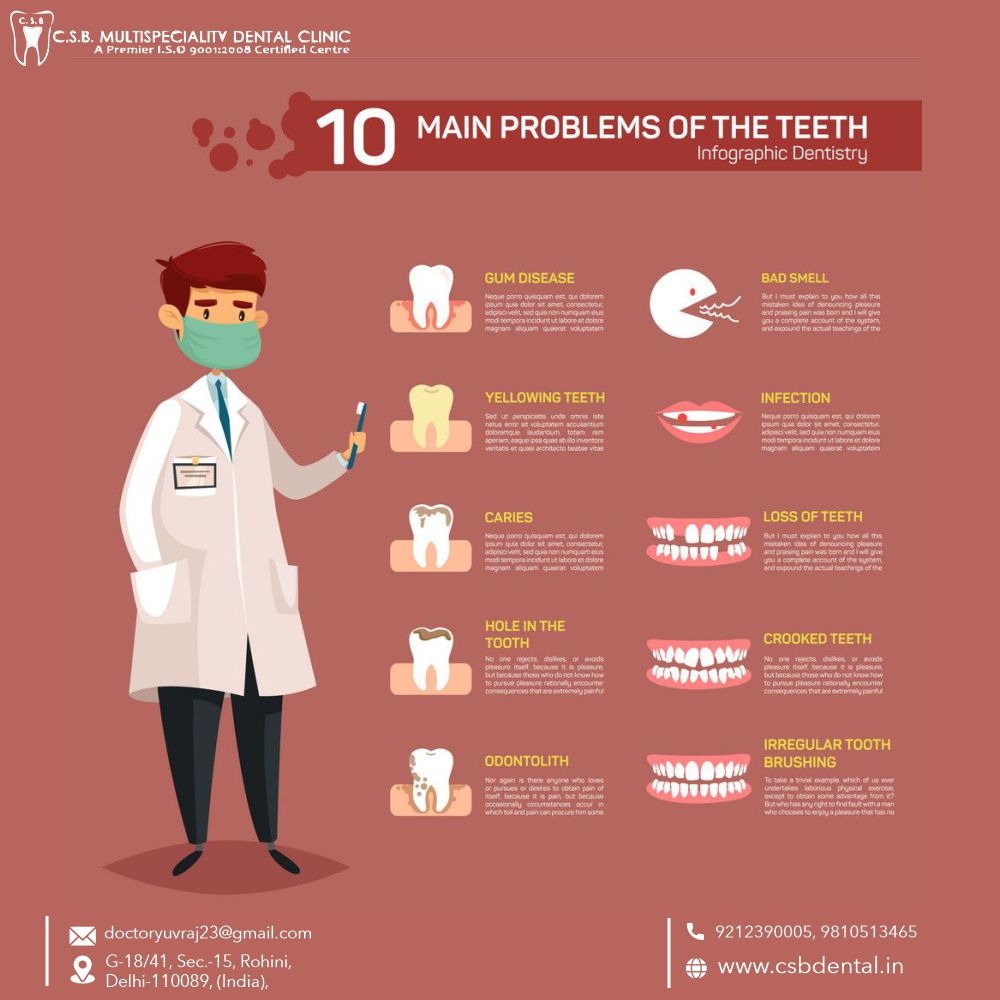Root Canal
A “root canal” is not a treatment, but part of a tooth. It is the hollow section of a tooth that contains the nerve tissue, blood vessels, and other cells, also known as the pulp.
A tooth consists of a crown and roots. The crown is mainly above the gum, while the roots are below it. The roots attach the tooth to the jawbone.
Inside the crown and the root, or the root canal, is the pulp. The pulp nourishes the tooth and provides moisture to the surrounding material. The nerves in the pulp sense hot and cold temperatures as pain.
The name of the dental procedure commonly referred to as a “root canal” is actually endodontic therapy, which means “inside the tooth.”
However, the term “root canal” has come to be commonly used to talk about the procedure.
One of the great fears about this kind of treatment is that it will be painful, but the treatment that is carried out by a trained dental surgeon should be relatively painless.
The pain that is felt comes from the infection and not from the treatment. The treatment does not cause pain; it helps to alleviate it.
The dental surgeon will relieve the pain of the procedure by numbing the tooth and surrounding area with local anesthesia.
After the treatment, some tenderness is normal. It is temporary, and over-the-counter (OTC) pain medication may be enough to relieve it. If needed, prescription drugs, such as codeine, are available.
If the pulp becomes injured or diseased, it cannot repair itself, and the tissue dies.
If there is a deep cavity, a cracked tooth, or a loose filling, bacteria can enter the pulp.
The bacteria will eventually destroy the pulp. If the bacteria penetrate through the root openings, it can cause an infection in the bone.
An infection will weaken the bone and break it down. The ligaments around the tooth will swell, and the tooth will become loose.
A pulp injury will make the tooth sensitive to high and low temperatures. There may be pain when chewing, and some people have a continuous, throbbing pain.
Without treatment, the infection will spread. Eventually, the tooth will become loose and need extracting.
Some patients opt for extraction, especially if it hurts a lot or if the tooth cannot be restored, for example, if there is large decay, trauma, or loss of bone due to periodontal, or gum, disease.
However, removing a tooth may mean that the surrounding teeth start to move and become crooked. This can look unsightly, and it can make it hard to have a good bite.
Root canal therapy will usually save the tooth and eliminate the pain.
If the tooth cannot be saved, the next best option is an implant.
However, saving the natural tooth is best, if possible, because nothing functions as well as a natural tooth.


Leave A Message